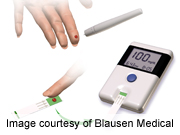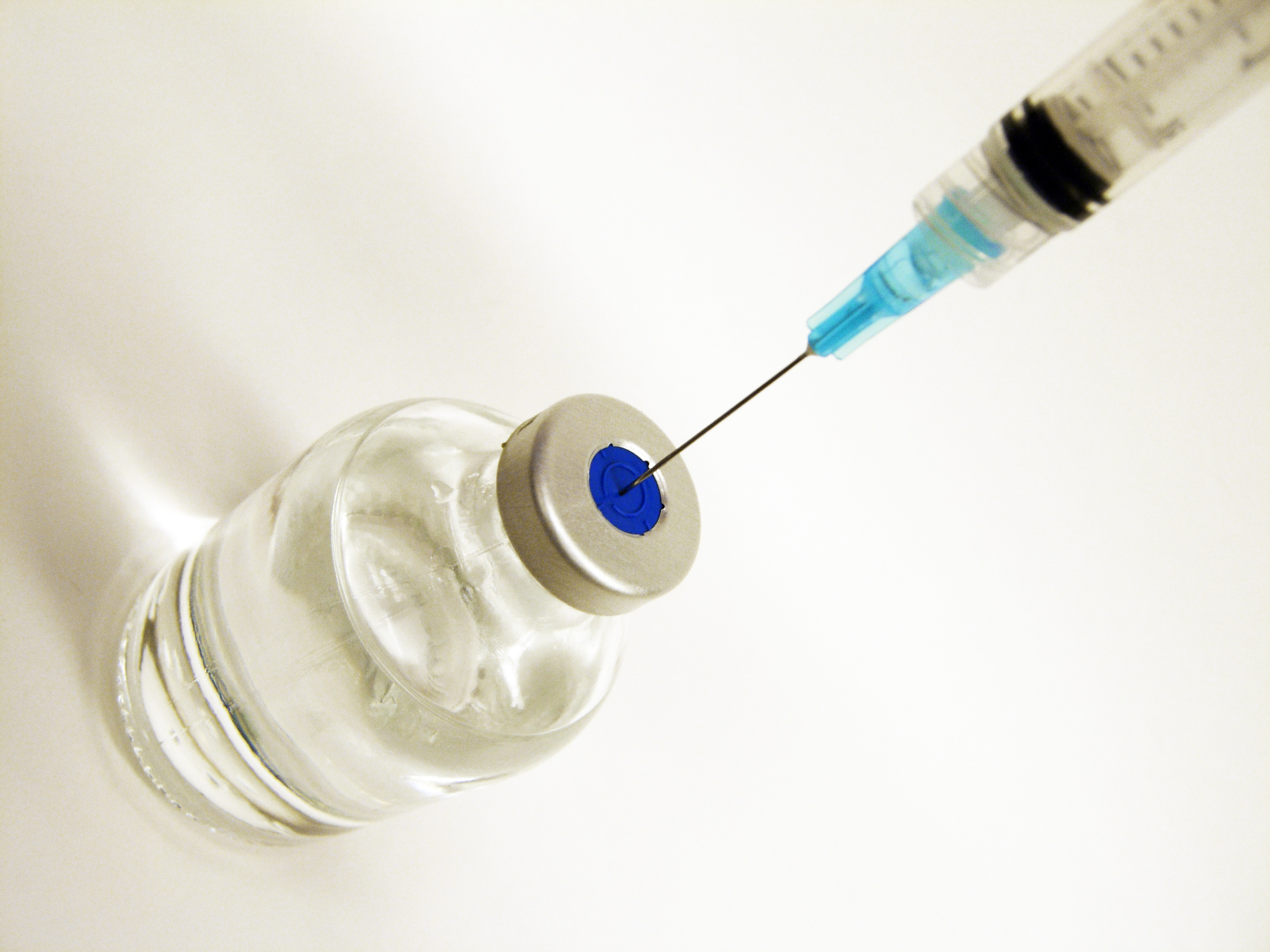
TUESDAY, July 10 (HealthDay News) — Many people with insulin-dependent diabetes embrace new technologies that promise to make management of their blood sugar levels easier.
But a new analysis of 33 existing studies suggests that newer isn’t necessarily better in terms of blood sugar control.
“We found similar levels of glycemic control and hypoglycemia (low blood sugar) when we compared insulin pumps versus multiple daily injections,” said the study’s lead author, Dr. Sherita Hill Golden, an associate professor of medicine and endocrinology at Johns Hopkins University School of Medicine in Baltimore.
“In adults with type 1 diabetes, there was a slight advantage to the pump. And, there was a suggestion that people that use an insulin pump had a somewhat better quality of life,” Golden said.
“Continuous glucose monitoring, whether alone or with a pump, appears to be beneficial,” she added.
The findings are published online July 10 in the Annals of Internal Medicine. The studies the researchers reviewed compared insulin pumps with multiple daily injections; continuous glucose monitoring with self-monitoring; and sensor-augmented insulin pumps with multiple injections and self-monitoring.
There are two major types of diabetes — type 1 and type 2. People with type 1, an autoimmune disease, make little to no insulin, a hormone that allows the body to use sugar as fuel. They must replace the lost insulin through multiple daily injections or through an insulin pump. Pumps deliver insulin through a tiny tube inserted under the skin based on information the user gives it. The pump site must be moved every few days.
Type 2 diabetes is often related to excess weight and a sedentary lifestyle. Initially, people with type 2 diabetes manage their disease with lifestyle changes and oral medications. But some people with type 2 also need to inject insulin.
Anyone with diabetes who takes insulin has to balance how much insulin to take with food consumption and activity levels. If they take too much insulin, they can cause dangerously low blood sugar levels. But too little insulin puts them at risk for long term complications from high blood sugar levels, such as kidney and heart disease.
Most people with either type of diabetes do what’s called self-blood glucose monitoring multiple times a day. This involves lancing the finger to draw a drop of blood to place on a test strip in a blood glucose monitoring device.
A continuous glucose monitor is a device that monitors blood sugar levels 24 hours a day. Like an insulin pump, it is inserted under the skin and changed every three to seven days, depending on the device. It doesn’t completely replace the finger-sticks necessary with self-blood glucose monitoring, but it does reduce the number needed.
To ensure accuracy, the U.S. Food and Drug Administration requires that continuous glucose monitors be used with self-monitoring. More recently, pump makers have combined the use of continuous glucose monitors with a pump. This system still isn’t automatic, however. The pump does receive information from the continuous glucose monitor, but the user still has to tell the pump what to do with that information.
In the current study, among children and adolescents, the researchers found a .10 percent drop in hemoglobin A1C levels for people on a pump versus multiple shots (A1C levels provide a two-to-three month snapshot of blood sugar control). However, Golden said this drop wasn’t statistically significant.
In adults, the reduction in A1C was .30 percent for those on a pump vs. those on shots. The researchers didn’t find any significant difference in the risk of severe hypoglycemia between the two, Golden said.
One limitation of this analysis is that some of the studies used what’s known as regular insulin in the pumps, which isn’t standard clinical practice today, according to the study. Most pumps use a faster-acting synthetic insulin. Also, most of the studies were small and involved only type 1 diabetes in whites.
The use of continuous glucose monitors compared to self blood-glucose monitoring lowered A1C levels by .26 percent without increasing levels of severe hypoglycemia. And, the sensor-augmented pump reduced A1C levels by .68 percent compared to self blood-glucose monitoring in people with type 1 diabetes.
Golden said what matters most with any of these devices is adherence.
Dr. Joel Zonszein, director of the clinical diabetes center at Montefiore Medical Center in New York City, agreed. “There are very good developments in technology that can really help patients and make their lives easier, but the patient has to be motivated,” he said.
Zonszein said he was surprised that this analysis didn’t find a benefit for the pump in preventing hypoglycemia. He said in his practice he sees fewer severe hypoglycemia episodes in his patients on pumps. But, he said that may be because this was a “meta-analysis” that combines different populations of people and different study designs.
“The only way to really know the comparative effectiveness would be to do a crossover study where each person spent several weeks using each technology,” he explained.
More information
Learn more about continuous glucose monitoring from JDRF.

